Web 3D
What comes first ?
OpenGL
WebGL
WGL、GLX...
...
(C)
(JS)
OpenGL ES
(subset)
2003
1992
2011
What comes first ?
WebGL
= Javascript + OpenGL Shading Language (GLSL)
(C-like language)
So...
That's start with WebGL ?
main();
//
// Start here
//
function main() {
const canvas = document.querySelector('#glcanvas');
const gl = canvas.getContext('webgl');
// If we don't have a GL context, give up now
if (!gl) {
alert('Your browser or machine may not support it.');
return;
}
// Vertex shader program
const vsSource = `
attribute vec4 aVertexPosition;
attribute vec4 aVertexColor;
uniform mat4 uModelViewMatrix;
uniform mat4 uProjectionMatrix;
varying lowp vec4 vColor;
void main(void) {
gl_Position = uProjectionMatrix * uModelViewMatrix * aVertexPosition;
vColor = aVertexColor;
}
`;
// Fragment shader program
const fsSource = `
varying lowp vec4 vColor;
void main(void) {
gl_FragColor = vColor;
}
`;
// Initialize a shader program; this is where all the lighting
// for the vertices and so forth is established.
const shaderProgram = initShaderProgram(gl, vsSource, fsSource);
// Collect all the info needed to use the shader program.
// Look up which attributes our shader program is using
// for aVertexPosition, aVevrtexColor and also
// look up uniform locations.
const programInfo = {
program: shaderProgram,
attribLocations: {
vertexPosition: gl.getAttribLocation(shaderProgram, 'aVertexPosition'),
vertexColor: gl.getAttribLocation(shaderProgram, 'aVertexColor'),
},
uniformLocations: {
projectionMatrix: gl.getUniformLocation(shaderProgram, 'uProjectionMatrix'),
modelViewMatrix: gl.getUniformLocation(shaderProgram, 'uModelViewMatrix'),
},
};
// Here's where we call the routine that builds all the
// objects we'll be drawing.
const buffers = initBuffers(gl);
// Draw the scene
drawScene(gl, programInfo, buffers);
}
//
// initBuffers
//
// Initialize the buffers we'll need. For this demo, we just
// have one object -- a simple two-dimensional square.
//
function initBuffers(gl) {
// Create a buffer for the square's positions.
const positionBuffer = gl.createBuffer();
// Select the positionBuffer as the one to apply buffer
// operations to from here out.
gl.bindBuffer(gl.ARRAY_BUFFER, positionBuffer);
// Now create an array of positions for the square.
const positions = [
1.0, 1.0,
-1.0, 1.0,
1.0, -1.0,
-1.0, -1.0,
];
// Now pass the list of positions into WebGL to build the
// shape. We do this by creating a Float32Array from the
// JavaScript array, then use it to fill the current buffer.
gl.bufferData(gl.ARRAY_BUFFER, new Float32Array(positions), gl.STATIC_DRAW);
// Now set up the colors for the vertices
var colors = [
1.0, 1.0, 1.0, 1.0, // white
1.0, 0.0, 0.0, 1.0, // red
0.0, 1.0, 0.0, 1.0, // green
0.0, 0.0, 1.0, 1.0, // blue
];
const colorBuffer = gl.createBuffer();
gl.bindBuffer(gl.ARRAY_BUFFER, colorBuffer);
gl.bufferData(gl.ARRAY_BUFFER, new Float32Array(colors), gl.STATIC_DRAW);
return {
position: positionBuffer,
color: colorBuffer,
};
}
//
// Draw the scene.
//
function drawScene(gl, programInfo, buffers) {
gl.clearColor(0.0, 0.0, 0.0, 1.0); // Clear to black, fully opaque
gl.clearDepth(1.0); // Clear everything
gl.enable(gl.DEPTH_TEST); // Enable depth testing
gl.depthFunc(gl.LEQUAL); // Near things obscure far things
// Clear the canvas before we start drawing on it.
gl.clear(gl.COLOR_BUFFER_BIT | gl.DEPTH_BUFFER_BIT);
// Create a perspective matrix, a special matrix that is
// used to simulate the distortion of perspective in a camera.
// Our field of view is 45 degrees, with a width/height
// ratio that matches the display size of the canvas
// and we only want to see objects between 0.1 units
// and 100 units away from the camera.
const fieldOfView = 45 * Math.PI / 180; // in radians
const aspect = gl.canvas.clientWidth / gl.canvas.clientHeight;
const zNear = 0.1;
const zFar = 100.0;
const projectionMatrix = mat4.create();
// note: glmatrix.js always has the first argument
// as the destination to receive the result.
mat4.perspective(projectionMatrix,
fieldOfView,
aspect,
zNear,
zFar);
// Set the drawing position to the "identity" point, which is
// the center of the scene.
const modelViewMatrix = mat4.create();
// Now move the drawing position a bit to where we want to
// start drawing the square.
mat4.translate(modelViewMatrix, // destination matrix
modelViewMatrix, // matrix to translate
[-0.0, 0.0, -6.0]); // amount to translate
// Tell WebGL how to pull out the positions from the position
// buffer into the vertexPosition attribute
{
const numComponents = 2;
const type = gl.FLOAT;
const normalize = false;
const stride = 0;
const offset = 0;
gl.bindBuffer(gl.ARRAY_BUFFER, buffers.position);
gl.vertexAttribPointer(
programInfo.attribLocations.vertexPosition,
numComponents,
type,
normalize,
stride,
offset);
gl.enableVertexAttribArray(
programInfo.attribLocations.vertexPosition);
}
// Tell WebGL how to pull out the colors from the color buffer
// into the vertexColor attribute.
{
const numComponents = 4;
const type = gl.FLOAT;
const normalize = false;
const stride = 0;
const offset = 0;
gl.bindBuffer(gl.ARRAY_BUFFER, buffers.color);
gl.vertexAttribPointer(
programInfo.attribLocations.vertexColor,
numComponents,
type,
normalize,
stride,
offset);
gl.enableVertexAttribArray(
programInfo.attribLocations.vertexColor);
}
// Tell WebGL to use our program when drawing
gl.useProgram(programInfo.program);
// Set the shader uniforms
gl.uniformMatrix4fv(
programInfo.uniformLocations.projectionMatrix,
false,
projectionMatrix);
gl.uniformMatrix4fv(
programInfo.uniformLocations.modelViewMatrix,
false,
modelViewMatrix);
{
const offset = 0;
const vertexCount = 4;
gl.drawArrays(gl.TRIANGLE_STRIP, offset, vertexCount);
}
}
//
// Initialize a shader program, so WebGL knows how to draw our data
//
function initShaderProgram(gl, vsSource, fsSource) {
const vertexShader = loadShader(gl, gl.VERTEX_SHADER, vsSource);
const fragmentShader = loadShader(gl, gl.FRAGMENT_SHADER, fsSource);
// Create the shader program
const shaderProgram = gl.createProgram();
gl.attachShader(shaderProgram, vertexShader);
gl.attachShader(shaderProgram, fragmentShader);
gl.linkProgram(shaderProgram);
// If creating the shader program failed, alert
if (!gl.getProgramParameter(shaderProgram, gl.LINK_STATUS)) {
alert('Unable to initialize the shader program: ' + gl.getProgramInfoLog(shaderProgram));
return null;
}
return shaderProgram;
}
//
// creates a shader of the given type, uploads the source and
// compiles it.
//
function loadShader(gl, type, source) {
const shader = gl.createShader(type);
// Send the source to the shader object
gl.shaderSource(shader, source);
// Compile the shader program
gl.compileShader(shader);
// See if it compiled successfully
if (!gl.getShaderParameter(shader, gl.COMPILE_STATUS)) {
alert('An error occurred compiling the shaders: ' + gl.getShaderInfoLog(shader));
gl.deleteShader(shader);
return null;
}
return shader;
}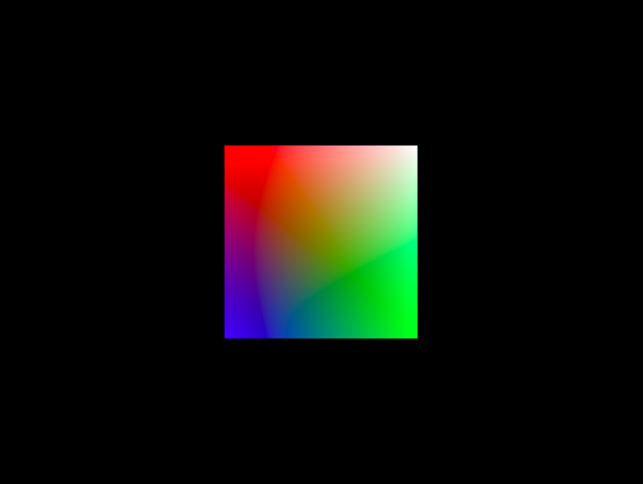
Result
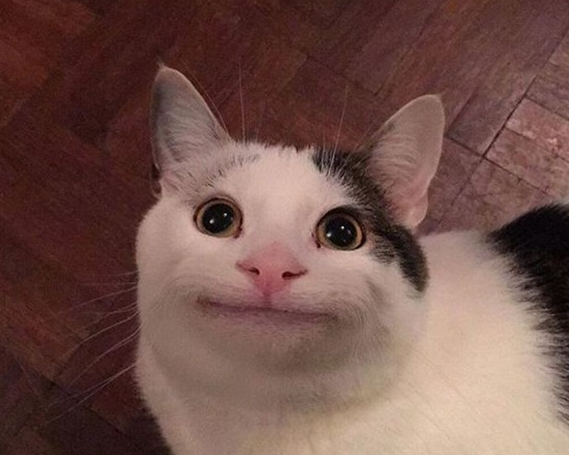
Get started
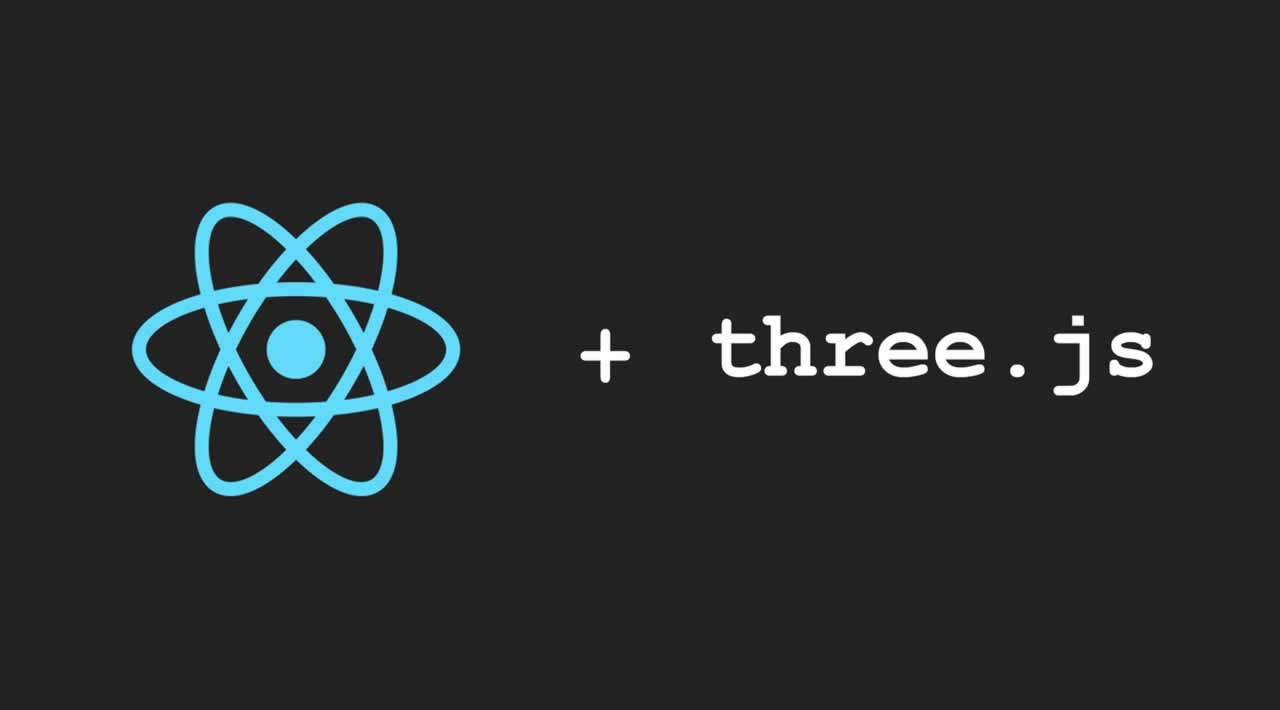
Get started
- three
- react-three-fiber
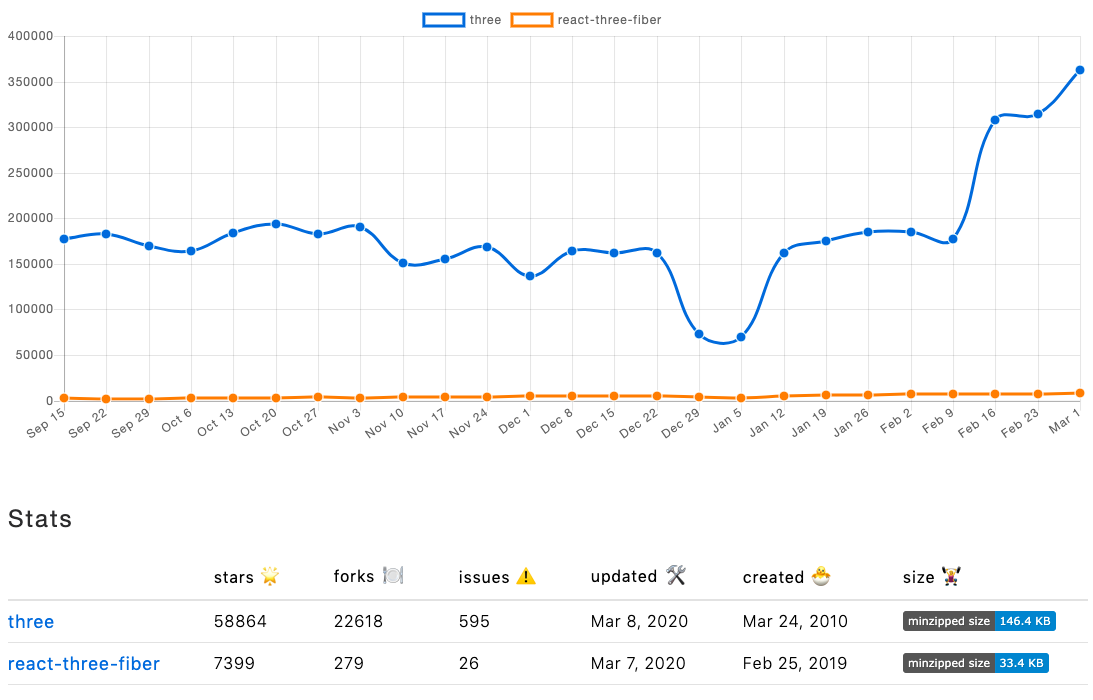
Get started
Why using react-three-fiber ?
- Declaratively with re-usable components
- Everything work in three will work here (no limitations)
- Still updating and the maintainers are same as react-spring (react hooks are available)
Foundations
- Scene
- Camera
- Light
- Mesh
- Geometry
- Material
- Texture
- Shadow
- Control
Creating a scene
- Scene
- Renderer
- Camera
const scene = new THREE.Scene();
const renderer = new THREE.WebGLRenderer();
const camera = new THREE.PerspectiveCamera(
75, //fov
window.innerWidth / window.innerHeight, // aspect
0.1, // near
1000, // far
);
renderer.setSize(window.innerWidth, window.innerHeight);
document.body.appendChild(renderer.domElement);Creating a scene
const camera = new THREE.PerspectiveCamera(
75, //fov
window.innerWidth / window.innerHeight, // aspect
0.1, // near
1000, // far
);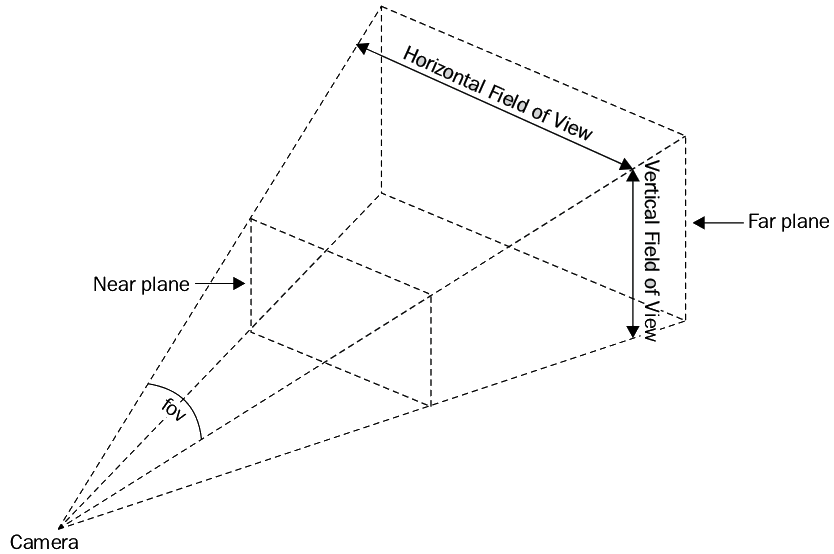
Viewing frustum
fov
Add some stuff
const geometry = new THREE.BoxGeometry();
const material = new THREE.MeshBasicMaterial({ color: 0x00ff00 });
const cube = new THREE.Mesh(geometry, material);
scene.add(cube);
camera.position.z = 5;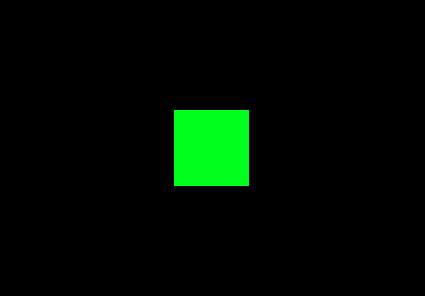
Geometry
Categories
- BufferGeometry
Types
- Box
- Circle
- Cone
- Cylinder
- Plane
...
- Geometry
- data stored in typed array
- more efficient
- hard to read and edit
- data stored in object like types
- less efficient
- easier to read and edit
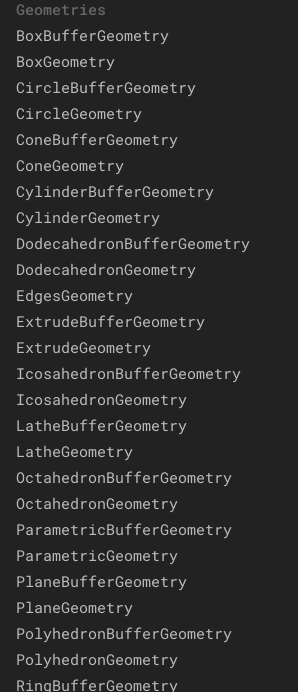
Material
A set of coefficients that define how the lighting model interacts with the surface

Mesh = A viewable object in 3D world
Rendering the scene
function animate() {
requestAnimationFrame(animate);
cube.rotation.x += 0.01;
cube.rotation.y += 0.01;
renderer.render(scene, camera);
}
animate();
Real-world problems
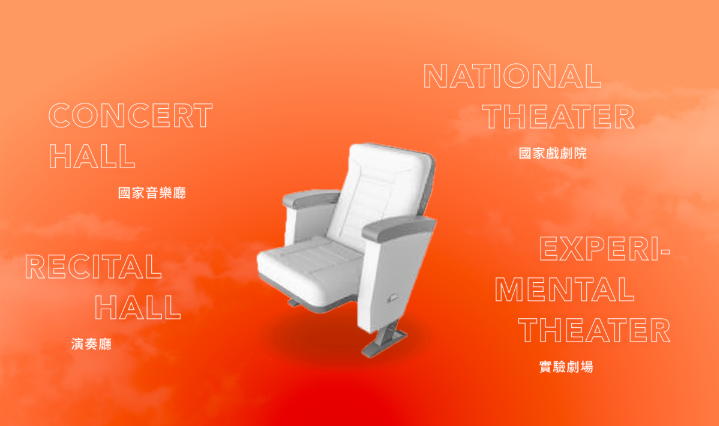
chair.obj
shadow
Real-world problems

load .obj => need a obj loader
rotatable chair => controller ?
...All the 3D scene basic stuff
cast shadow => how ?
Real-world problems

OBJLoader / OBJLoader2 / OBJLoader2Parallel
object loaded successfully
scene/camera/renderer are added
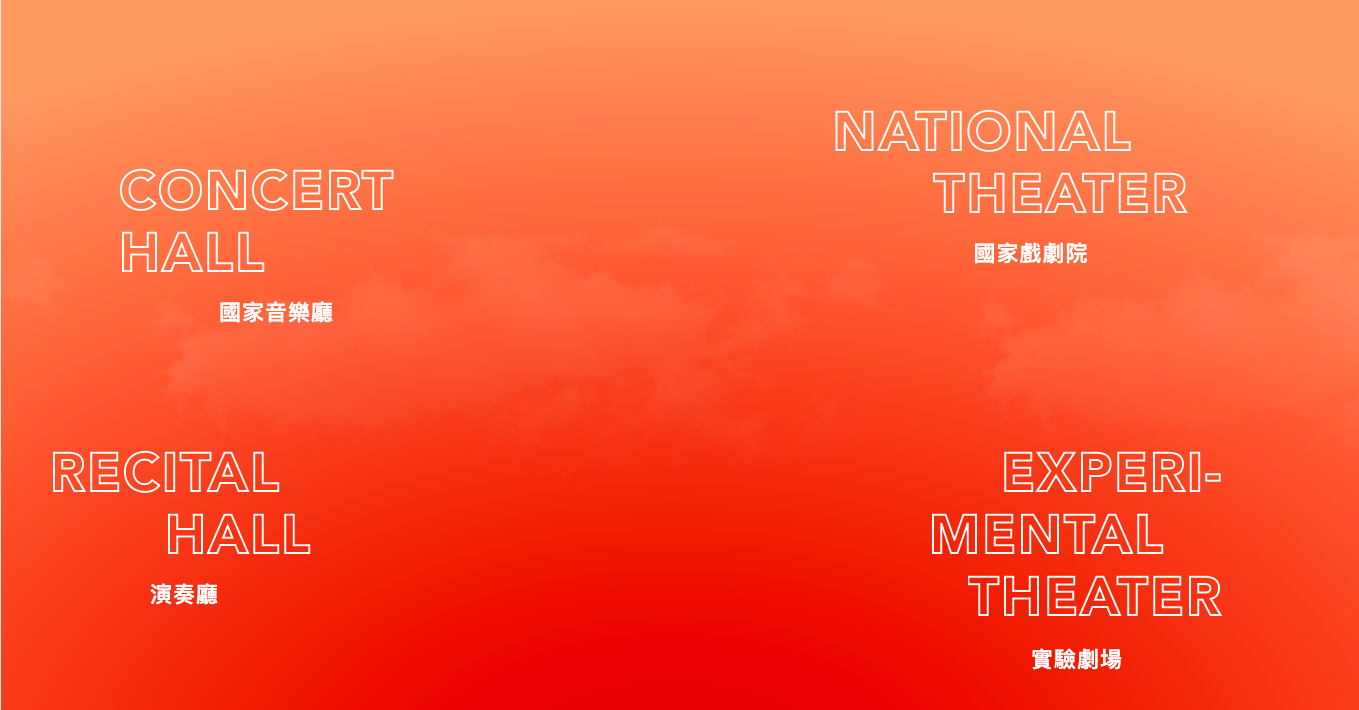
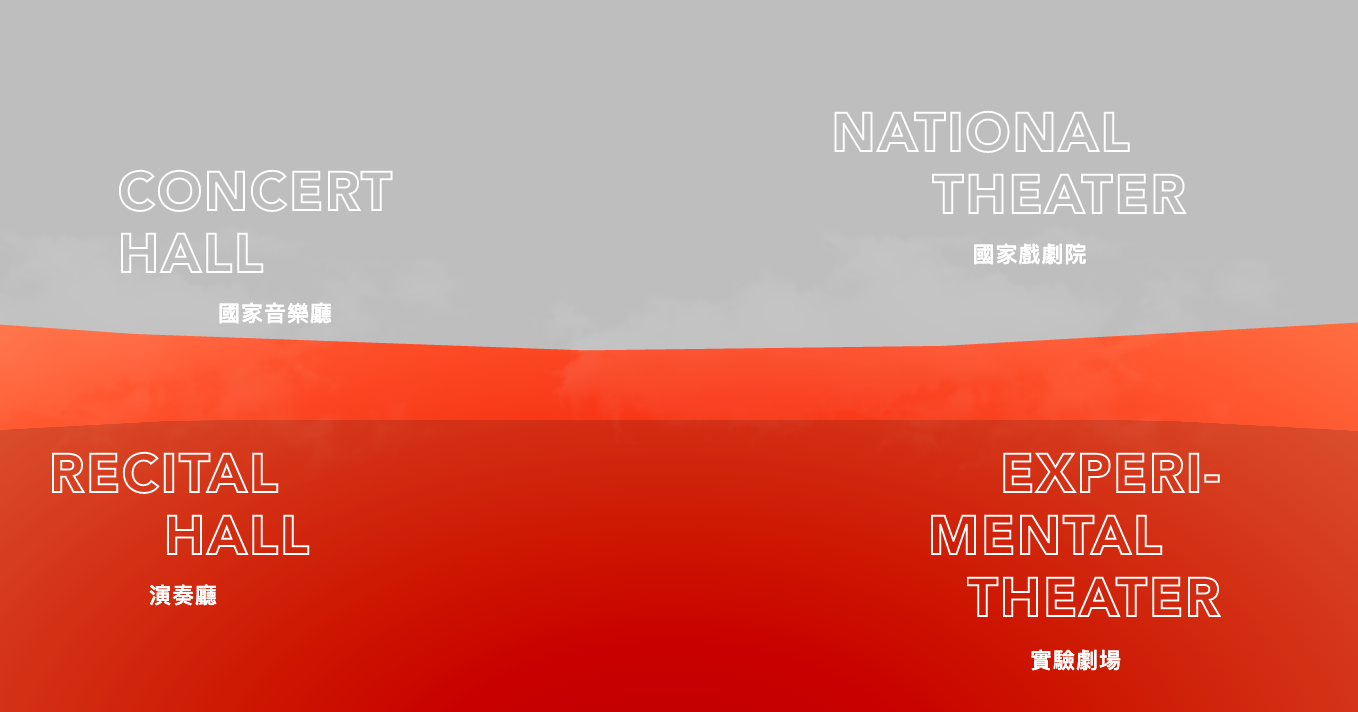
(1)
(2)
Real-world problems


Problems may be:
- wrong camera settings (frustum / position)
- wrong object position
Default: [0, 0, 0]
=> How to know the size of our object ?
Real-world problems

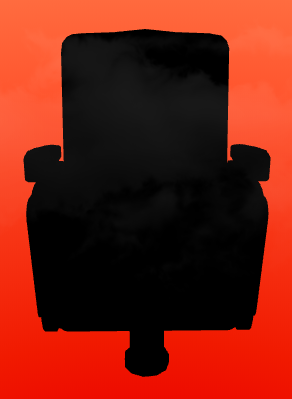
Problems may be:
- missing light / wrong light settings (position...)
- missing material (no light reflection)
Real-world problems

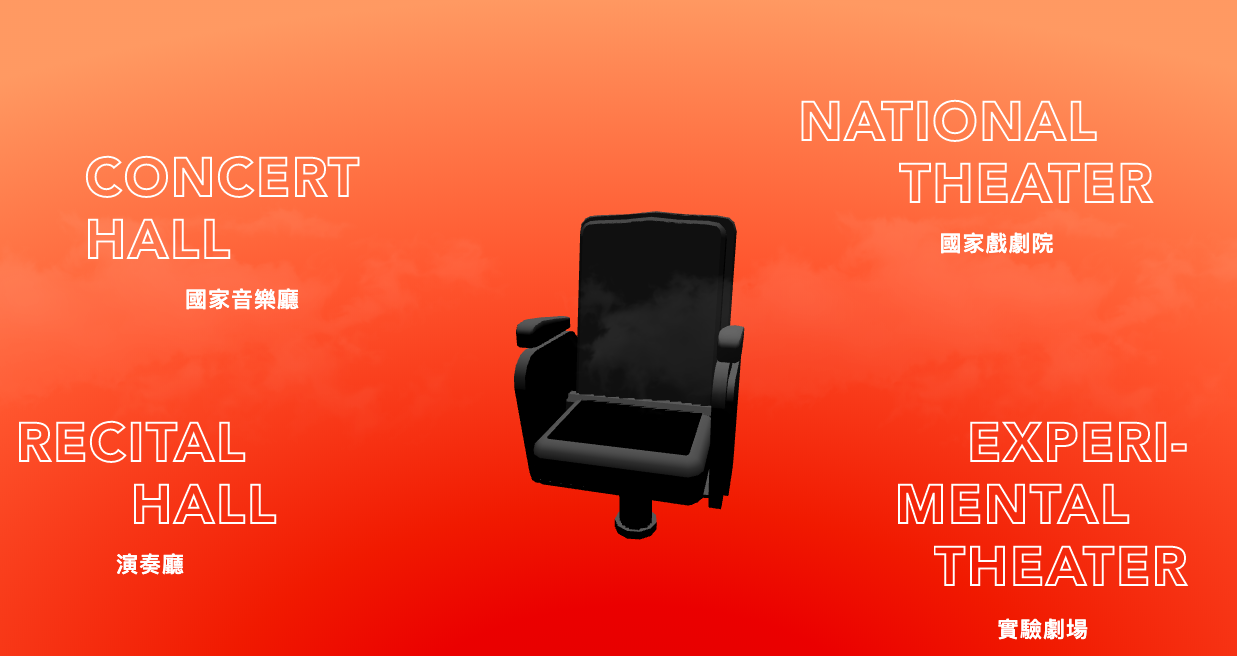
Problems may be:
- object is not casting shadow (receiving shadow)
- wrong light settings
obj.children[0].castShadow = true;
obj.children[0].receiveShadow = true;Object3D {
...
castShadow: false,
receiveShadow: false,
chidlren: [Mesh],
}Real-world problems

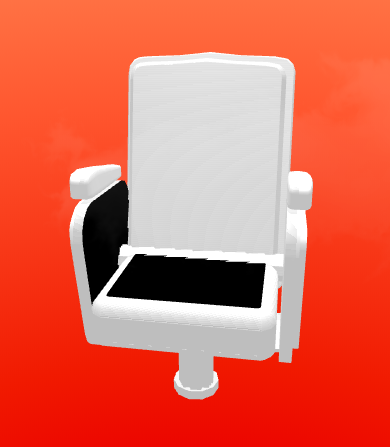
Problems may be:
- Missing a receiving shadow plane
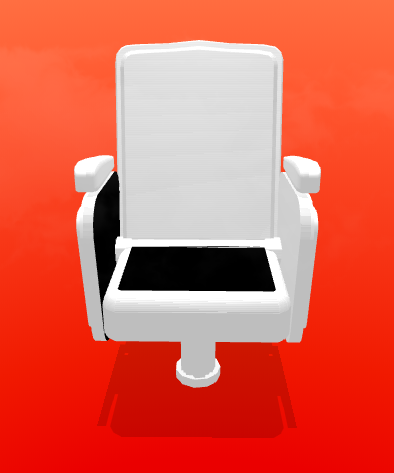
Real-world problems

Rotatable chair ?
- rotate camera
- rotate target
圓心 (h,k) 半徑為 r
References
Web 3D
By Travor Lee
Web 3D
- 299



